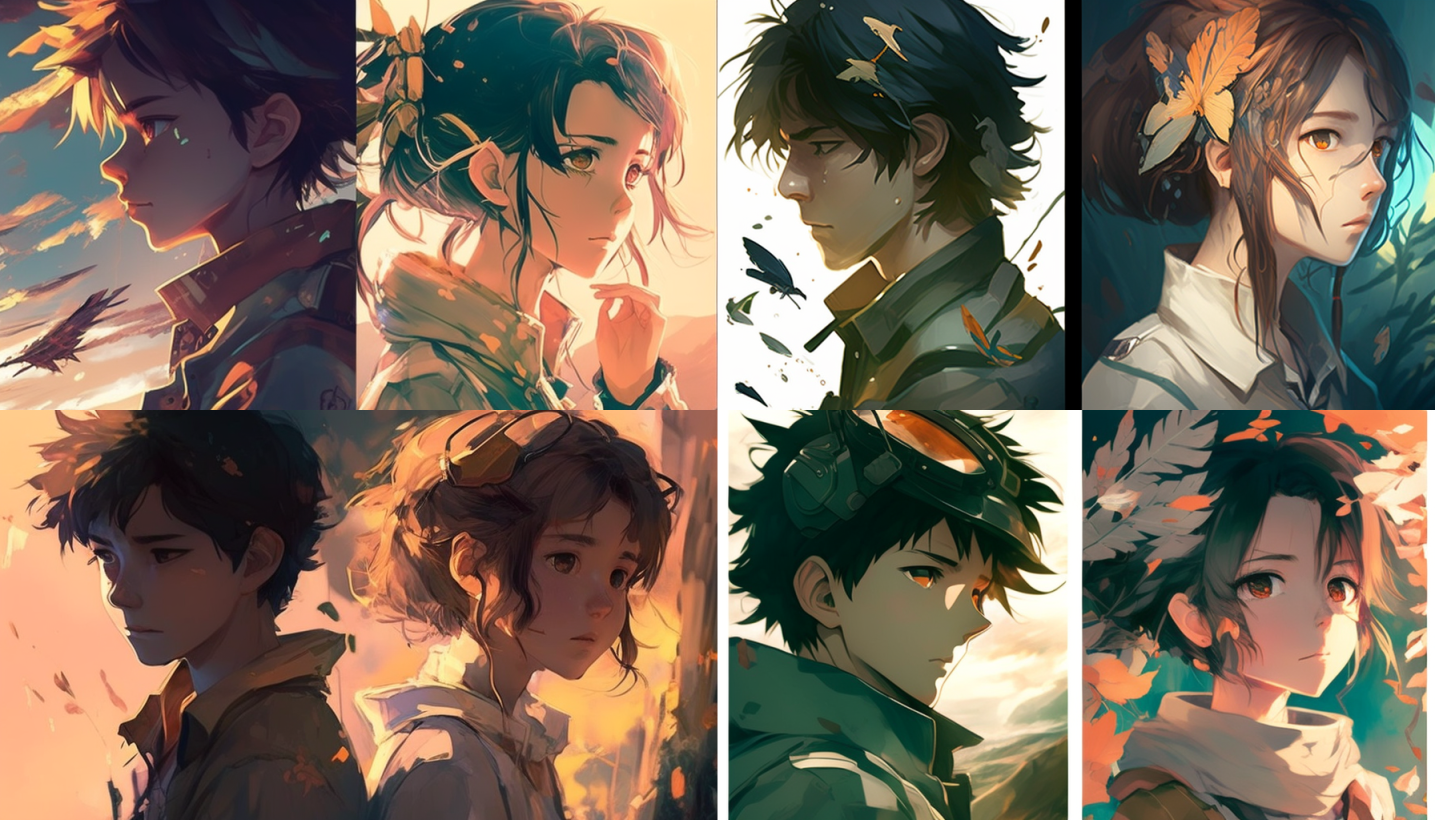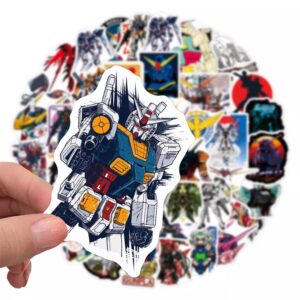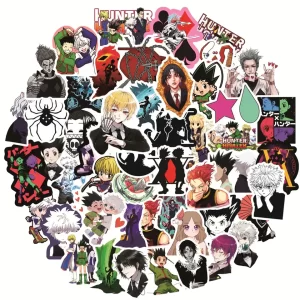What are anime tropes?
Anime is a phenomenon that has been around for several decades and has gained a huge following all around the world. Japanese animation or anime, as it is commonly called, is known for its unique style and storytelling that attracts a diverse audience.
Anime tropes are recurring themes, character traits, or narrative devices commonly used in anime. They create a sense of familiarity and comfort for the audience, allowing them to connect easily with the storylines and characters.
These tropes also allow the creators to explore deeper themes and messages, making the story more engaging and thought-provoking.
The appeal of anime tropes
An anime trope appeals to a wide audience because they provide a sense of familiarity and comfort, making it easier for the audience to connect with the characters and storylines. The use of these tropes also allows the creators to explore deeper themes and messages, making the story more engaging and thought-provoking.

Check out our Sticker Packs!
If you are a fan of Anime, make sure you check out our custom Anime Sticker Packs! We have the best selection at cheap prices!
Below are some of the most common anime tropes found in various genres:
Shounen
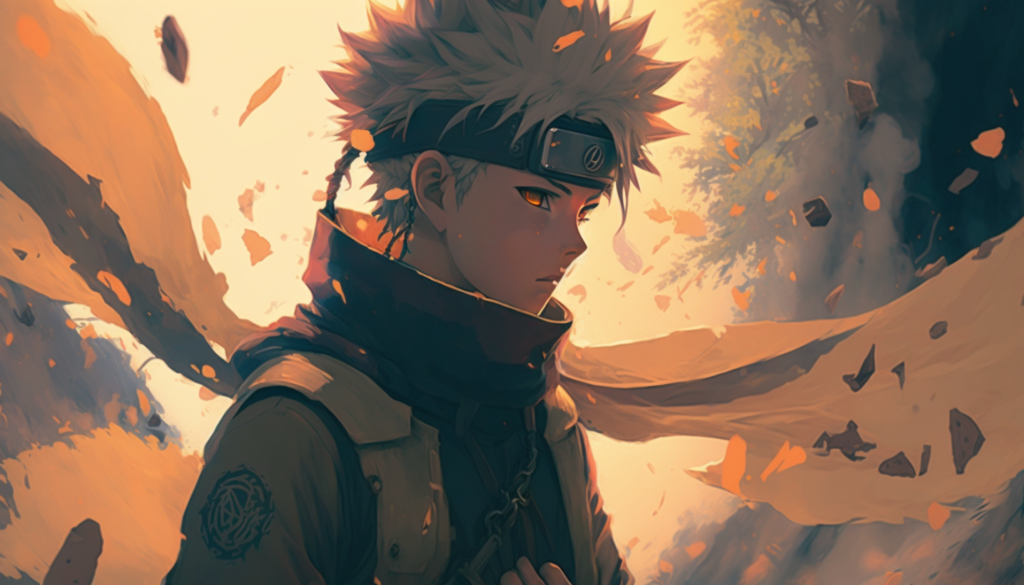
The shounen genre is typically geared towards teenage boys and features action-packed storylines with a male protagonist striving to become stronger. Popular shounen anime includes Naruto, Dragon Ball Z, and One Piece.
Shoujo
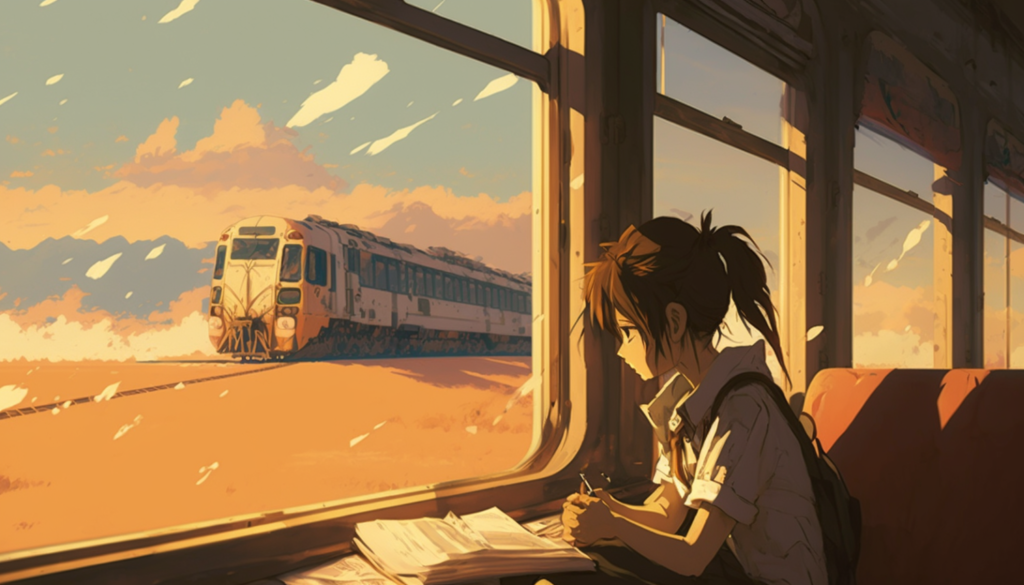
On the other hand, shoujo is aimed at teenage girls and often highlights romance, drama, and a anime girls navigating through adolescence. Some examples of popular shoujo anime are Sailor Moon, Fruits Basket, and Ouran High School Host Club.
Mecha

Mecha anime showcases giant robots or machines, often with themes of war, politics, and technology. Some examples of popular mecha anime include Gundam, Evangelion, and Code Geass.
Isekai

Isekai is a genre where the protagonist is transported to a parallel world or fantasy world. The protagonist often has to navigate through this new world and face challenges along the way. Some examples of popular isekai anime include Sword Art Online, Re:Zero, and Overlord.
School Life

School Life anime focuses on the daily lives of students, featuring romantic relationships, comedy, and drama. Popular school life anime includes Toradora!, Clannad, and K-On!.
Sports
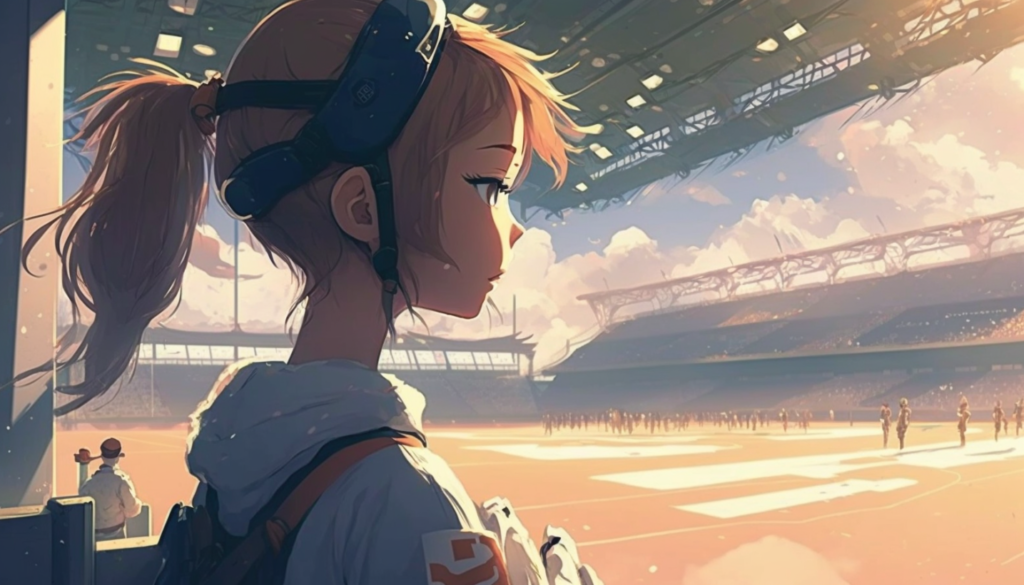
Sports anime showcases athletes and their sports, often including themes of hard work, perseverance, and teamwork. Examples of popular sports anime include Haikyuu!!, Kuroko no Basket, and Free!.
Magical Girls
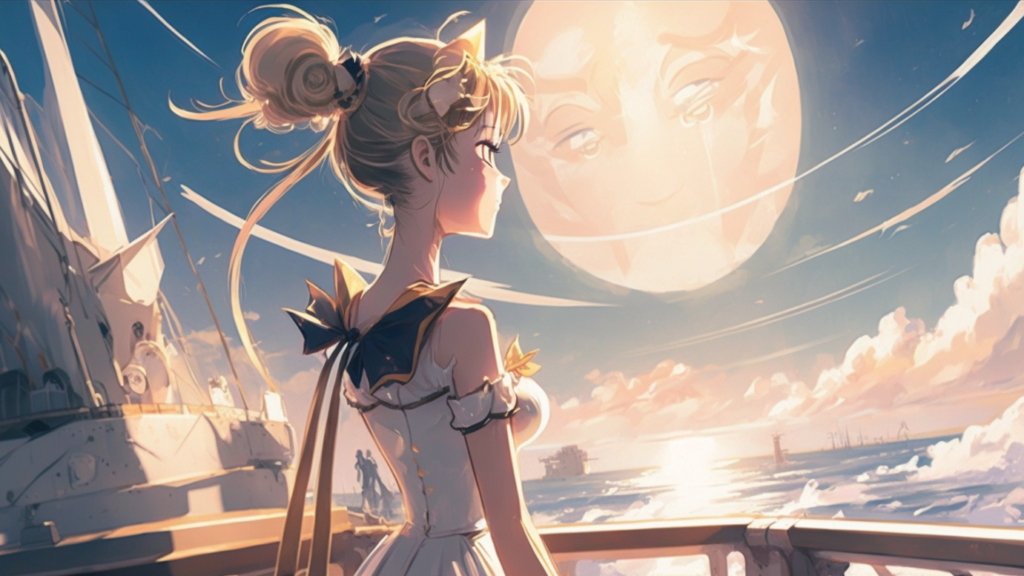
Magical Girls anime features young girls who transform into magical heroines. It often includes themes of friendship, teamwork, and fighting against evil. Some examples of popular magical girls anime are Sailor Moon, Cardcaptor Sakura, and Madoka Magica.
Harem

In a harem anime, the main character is a man, and he is surrounded by multiple female characters who are often interested in him romantically. The World God Only Knows, High School DxD, and To Love-Ru are all well-known harem anime.
Ecchi
There are sexual themes and fanservice in the anime Ecchi, but there are no explicit scenes. High School of the Dead, Prison School, and Monster Musume are all examples of well-known ecchi anime.
Yuri/Yaoi
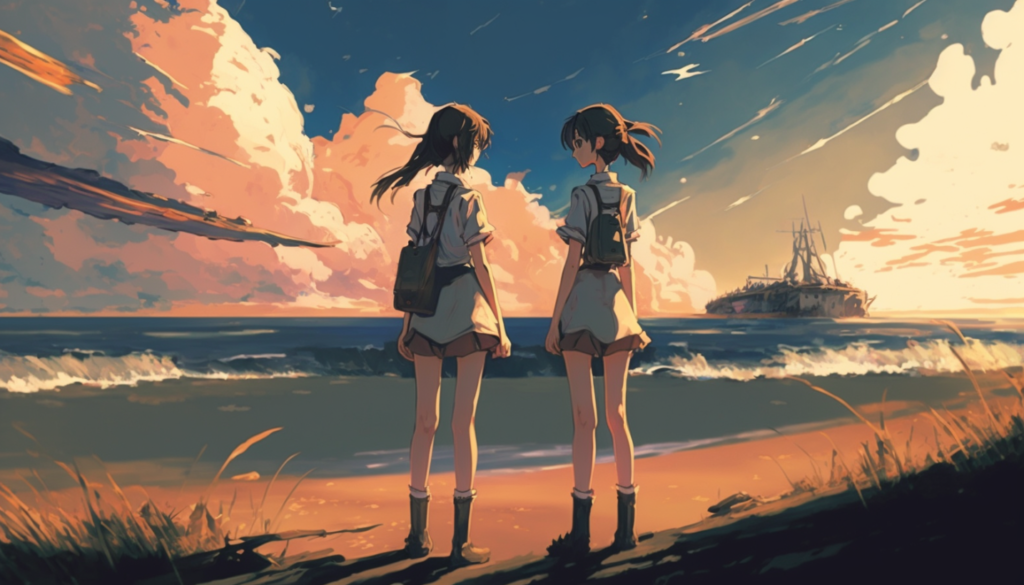
In Yuri/Yaoi, characters of the same gender fall in love with each other. In Yuri, two women of the same gender date each other, while in Yaoi, two men of the same gender date each other. Strawberry Panic! and Bloom Into You are two well-known examples of yuri anime. Love Stage!! and Gravitation are two well-known examples of yaoi anime.
Time Travel
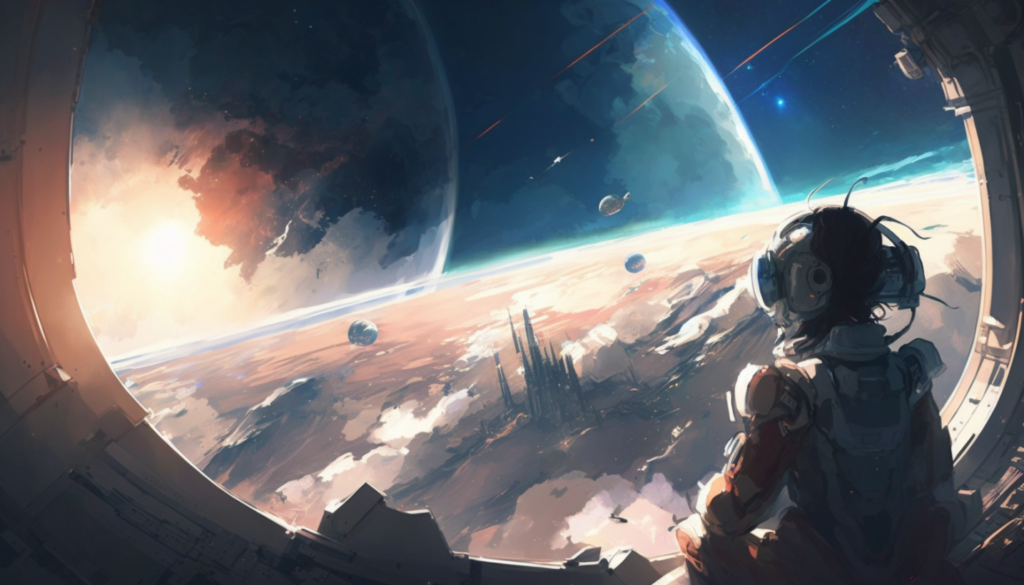
Time travel is a common theme in anime where characters go back and forth in time to change the future, fix mistakes from the past, or change history. Steins;Gate, Erased, and Re:Creators are all popular anime that deal with time travel.
Action
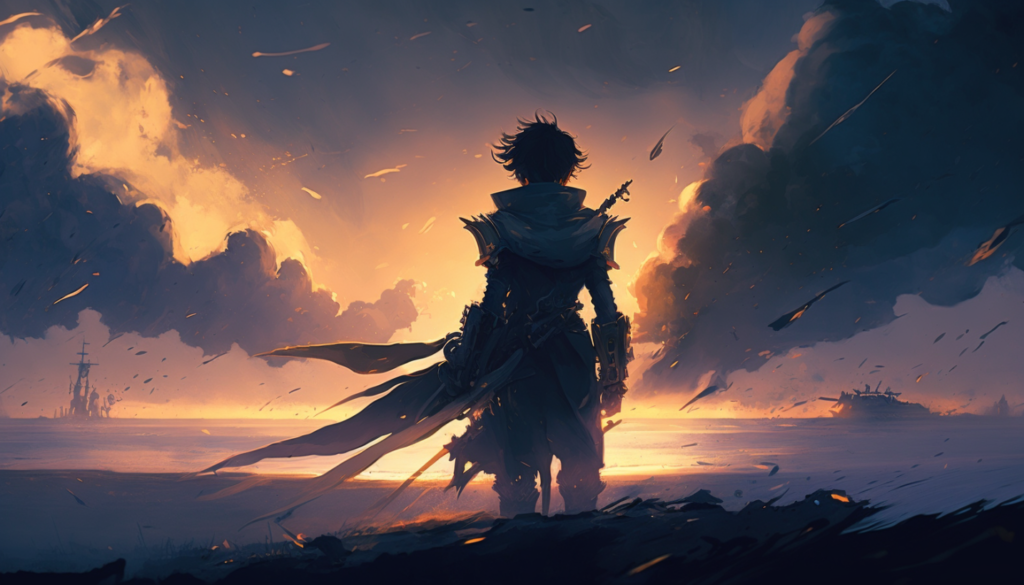
Action anime has intense fights and battles that are often about justice, getting even, and going on adventures. Attack on Titan, Fullmetal Alchemist: Brotherhood, and Cowboy Bebop are all examples of well-known action anime.
Comedy
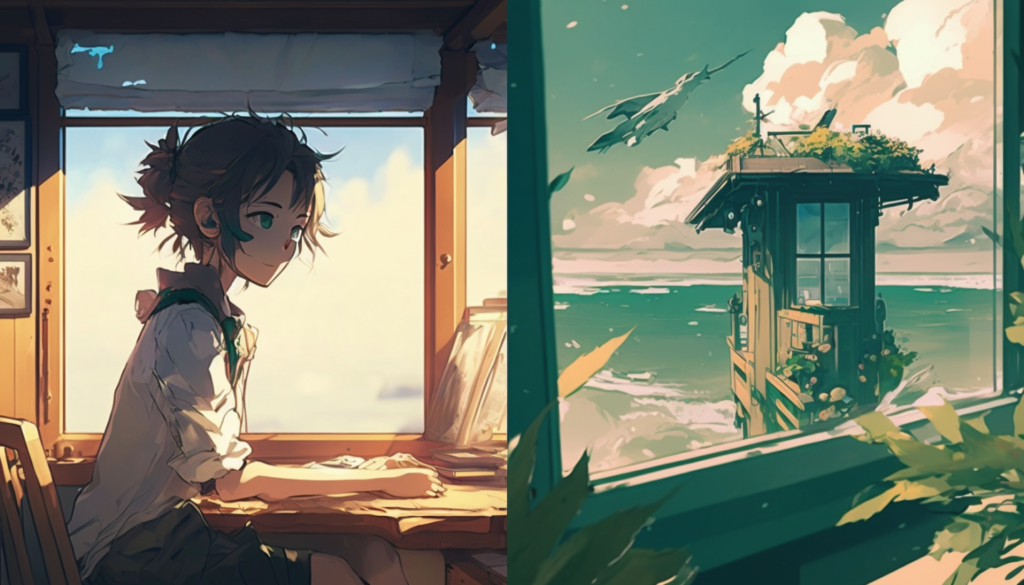
Comedy anime is obviously made to make people laugh. It often has funny situations and funny lines of dialogue. Gintama, Nichijou, and Daily Lives of High School Boys are all popular anime shows that are funny.
Why do anime tropes work?
There are a lot of reasons why anime tropes work. For one thing, they use themes and storylines that people are already familiar with and can easily relate to. This can make it easier for people to connect with the characters and care about what happens in the story.
Also, anime tropes can help you figure out the genre and tone of a show. For example, if a viewer wants a lighthearted comedy, they may be more likely to look for a show whose description includes the word “comedy.”
Also, if a viewer wants an action-packed adventure, they might be interested in a series with “shounen” or “mecha” tropes.
Another reason why anime tropes work is that they give creators a chance to build on and change genres that already exist. Even though a lot of anime series have similar tropes, each one has a unique take on those tropes that makes it stand out from the others. This can make people excited and eager to see how their favorite tropes will be used in new and exciting ways.
Final Thoughts
One of the most recognizable aspects of anime is the use of tropes, which are recurring themes, situations, or character types. These tropes are what give anime its distinct identity, and they are often used in different genres such as shonen anime, romance, school life, and many others.
Shonen anime is among the most popular genre of anime. It is targeted towards young male audiences. It often features male protagonists who possess extraordinary powers and skills, and they use these abilities to fight monsters, villains, and other opponents.
Examples of popular shonen anime include Dragon Ball, Demon Slayer, Naruto, and My Hero Academia. These shows often have a basic plot that involves the main character rising up against a challenge, overcoming obstacles and achieving victory. They also tend to highlight themes of friendship, teamwork, and the struggle for justice.
On the other hand, the female character in anime will tend to fall into specific anime tropes such as the shy girl, the tsundere (a character who is initially cold and hostile, but warms up to the main character over time), and the damsel in distress.
These tropes have become overused in recent years, and some anime fans have criticized them for being uncreative and relying too heavily on stereotypes.
Anime also has a reputation for being weird and exaggerated, which is partly due to the use of tropes such as the overpowered protagonist or the sudden power-up.
These moments are often accompanied by exaggerated camera angles and sound effects that add to the excitement of the scene. However, this style is not to everyone’s taste, and some viewers find it off-putting or distracting.
Despite its quirks and overused tropes, anime continues to be a popular medium for storytelling and entertainment. Its unique blend of animation, storytelling, and music has led to the creation of some of the most beloved characters and stories in pop culture.
Anime fans, young and old, continue to find joy and inspiration in the stories that are told within this medium.




